Damin McCleod Covid Protocol
Our parent studio: Grand Street Healing Project, requires every visitor to fill out a contact tracing form, prior to every visit. Please fill out the form HERE.
This information will not be shared, and is for contact tracing purposes only!
IF YOU'RE EXPERIENCING ANY OF THE FOLLOWING SYMPTOMS, DO NOT SCHEDULE AN APPOINTMENT. PLEASE FOLLOW NYC GUIDELINES LINKED BELOW
NYC GUIDELINES HTTPS://WWW1.NYC.GOV/SITE/DOH/COVID/COVID-19-SYMPTOMS-CHRONIC-HEALTH-RISKS.PAGE
- Cough
- Shortness of breath or difficulty breathing
- Fever
- Chills
- Muscle pain
- Sore throat
- New loss of taste or smell
This list is not all inclusive. Other less common symptoms have been reported, including gastrointestinal symptoms like nausea, vomiting or diarrhea.
THE FOLLOWING SCREENINGS AND PROTOCOLS MUST BE MET FOR EVERY PATIENT VISIT.
- patients will be required to wear a mask with the following exceptions: asthma or other respiratory condition, and being treated while prone (face down)
If you do not have a mask, a new one will be provided to you free of charge. - a COVID-19 intake and consent form must be filled out online prior to each treatment. They will be sent via email.
- body temperature check with a forehead or no-contact thermometer
- oxygen levels will be measured with a pulse oximeter,
- should any patient not pass the screening, they will be referred to their medical doctor or the local health department for evaluation and informed and may not proceed with acupuncture treatment until they have a negative COVID-19 test documented or are cleared by their doctor.
- after passing the screening, patient must wash hands for at least 20 seconds prior to their treatment
SCREENING REFERENCES
- Body temperature of 100.4 or higher is considered a fever
- Normal: A normal ABG oxygen level for healthy lungs falls between 80 and 100 millimeters of mercury (mm Hg). If a pulse ox measured your blood oxygen level (SpO2), a normal reading is typically between 95 and 100 percent. However, in COPD or other lung diseases, these ranges may not apply. Your doctor will let you know what’s normal for your specific condition. For example, it isn’t uncommon for people with severe COPD to maintain their pulse ox levels (SpO2) between 88 to 92 percentTrusted Source.
Our Practitioners
-
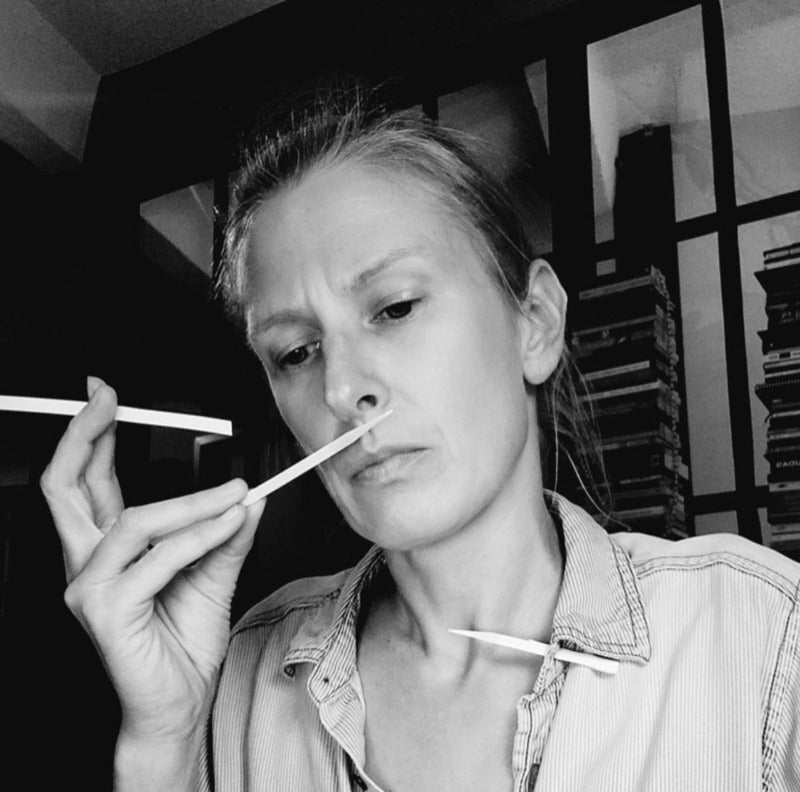
Amy Anthony | Clinical Aromatherapist
Amy Anthony is a certified clinical Aromatherapist, certified Aromatic Studies Method teacher,...
-
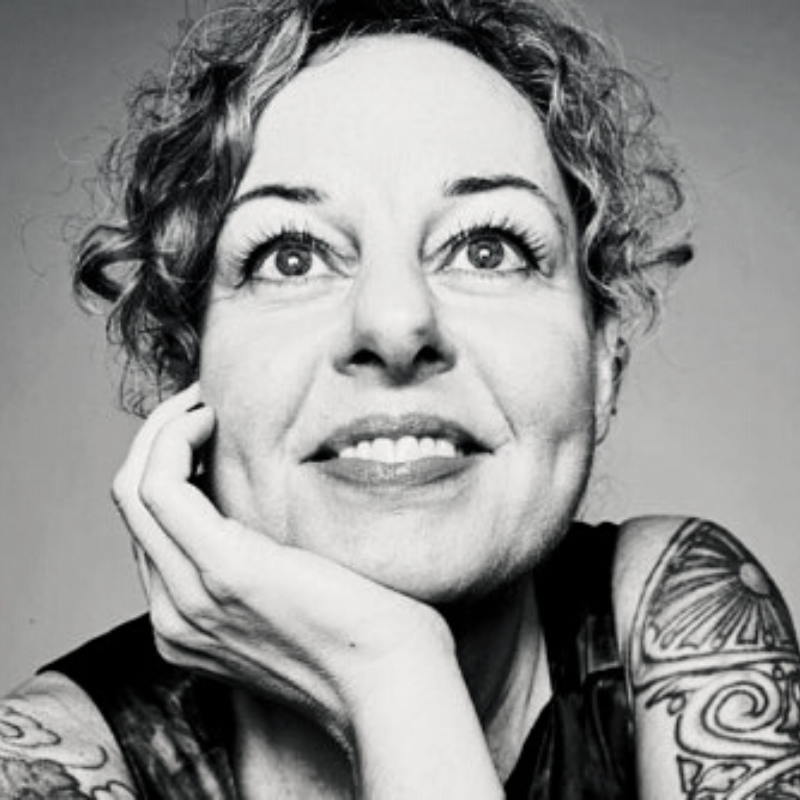
Candice Forness | Holistic Beauty & Wellness Practitioner
INTENTION AND VISION STATEMENT: It is my intention to increase OUR (the...
-
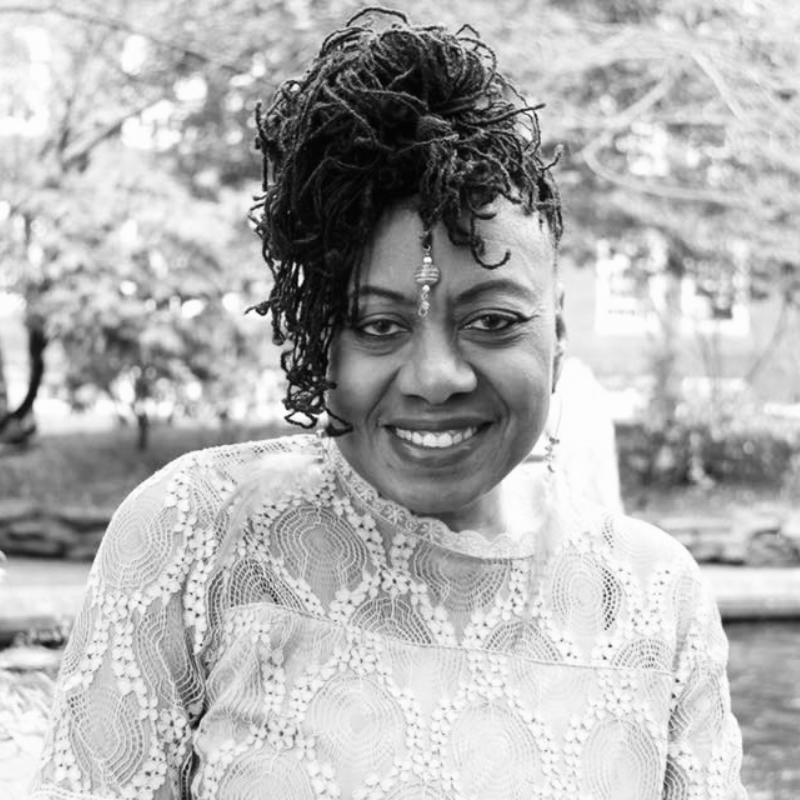
Carolyn Jones | Holistic Wellness Practitioner | Director of Wellness Programming Community Engagement
Carolyn Jones, founder of The Healing Project, is a holistic health practitioner...
-
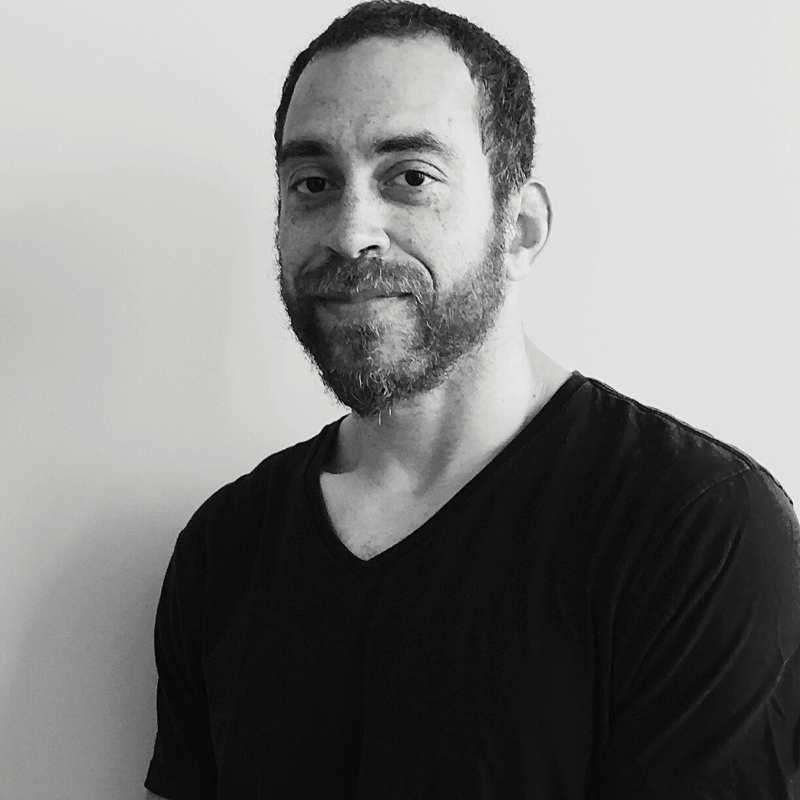
Damian McCleod | Licensed Acupuncturist
Damian McCleod is a NY state licensed acupuncturist and has a Masters...
-

La Juana Smith Huebner | Licensed Massage Therapist & Wellness Advocate
A note from La Juana Smith - Huebner: "Massage Therapy has been my...
-
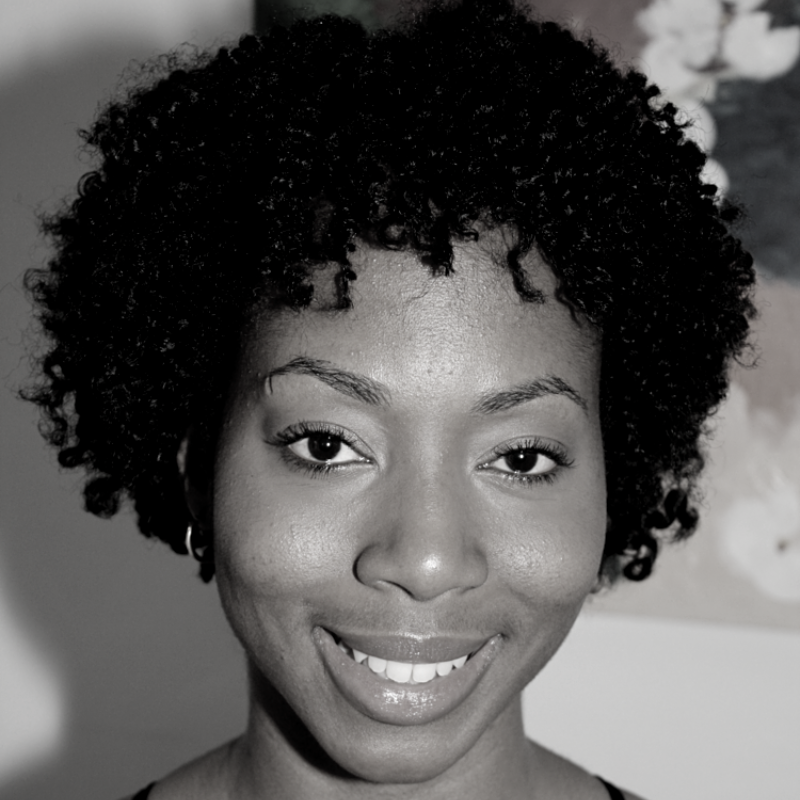
Winter Parris | Birthing Doula & Breath Specialist
Winter Parris is a breath work facilitator/yoga teacher and doula whose teachings...






